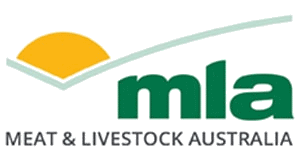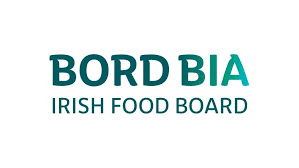Lab-Grown Dog Food Hits UK Market
Dog Food Made from Cultivated Meat Goes on Sale in the UK
Meatly has launched “chick bites,” the first pet food products made from cultivated meat to be sold commercially worldwide. This innovation could potentially eliminate farm animals from the pet food industry and significantly reduce carbon emissions, land use, and water consumption.
Trial Launch
The trial of these dog treats began at a pet store in Brentford, London, on Friday. Owen Ensor, the founder of Meatly, explained that the manufacturing process resembles brewing beer. “You take cells from a single chicken egg. From that, we can create an infinite amount of meat forevermore. We put it in large, steel fermenters… and after a week, we’re able to harvest healthy, delicious chicken for our pets,” Ensor said.
Global Perspective
Lab-grown meat, genetically indistinguishable from traditionally produced meat, has sparked debate in various countries. In 2020, Singapore became the first country to authorize the sale of cell-cultivated meat for human consumption, followed by the United States three years later. However, Italy and the US states of Alabama and Florida have banned it.
Environmental and Ethical Considerations
Advocates emphasize the environmental benefits of lab-grown meat, while critics argue that it is expensive and could harm traditional farming. Prof. Guy Poppy from the University of Bristol noted that lab-grown meat addresses animal welfare concerns. He added, “This is an opportunity to offer the advantages of meat but without the carbon and environmental footprint.”
Pet Consumption
Prof. Andrew Knight from the University of Winchester highlighted that “about 20% of all the meat consumed by high pet-owning nations, including the United Kingdom, is actually consumed by pets, not people.”
Original story: BBC News


